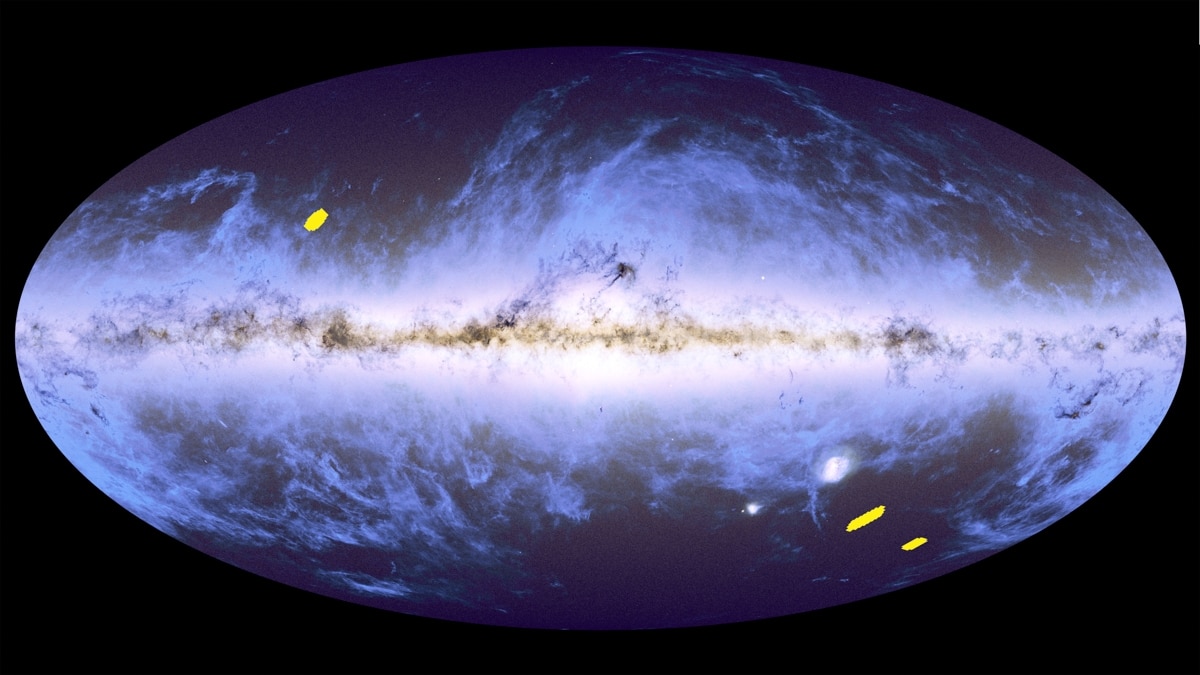
“Each galaxy is beautiful,” says Adam Amara, an astrophysicist and the UK Space Agency’s chief scientist. “But we didn’t design [Euclid] to produce pretty pictures. We designed it to do hard science.”
Ideally, telescopes have wide fields-of-view (so they can see big patches of the sky), high resolution vision (so fine details pop out of photographs) and high sensitivity, so even the faintest, most distant starlight can be detected. “We can usually choose two out of those three. And for the first time ever, Euclid is giving us all three,” says Mundell. “I think that’s the real power of the telescope.”
A dark universe toolkit
Euclid’s galaxy-hunting prowess comes down to just three tools. The first is its four-foot-long telescope, whose mirror captures distant starlight before a prism-like filter splits it into visible and infrared light, passed onto two specialized devices.
One is the VISible instrument, effectively a very sensitive camera with a 600-megapixel resolution—50 times better than many contemporary smartphones. Thanks to a very wide field-of-view, and the ability to take extremely long exposures of deep space, it can spot billions of galaxies at remarkable distances, clearly revealing their shapes and idiosyncrasies.
“Euclid has already taken images of several times more sky than Hubble did in 25 years,” says Mike Walmsley, a machine learning researcher focused on astronomy, and Euclid Consortium scientist, based at the University of Toronto, Canada.
